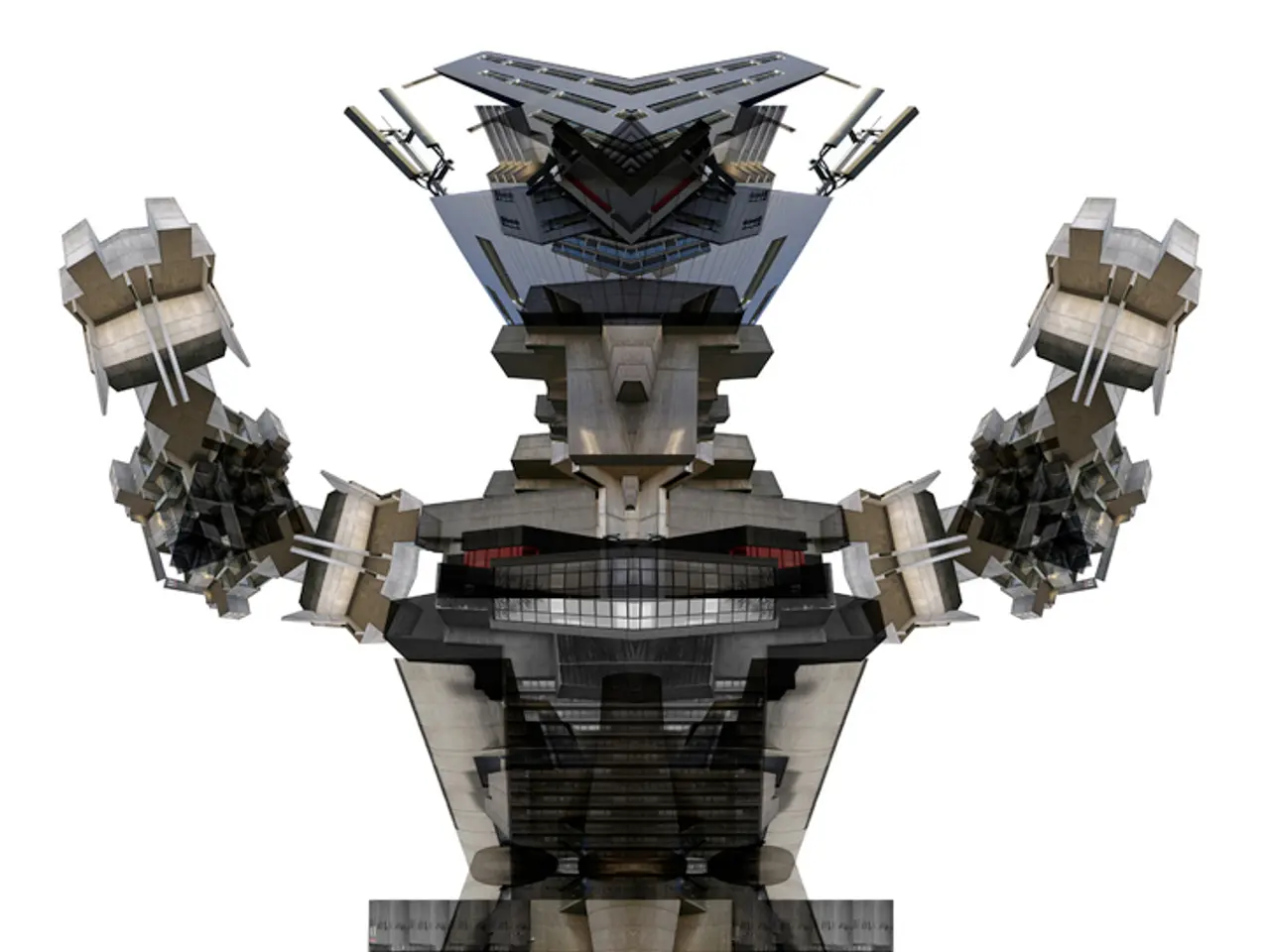Artificial Nerves Enable Robots to Distinguish Between a Touch and a Punch
In the realm of technological innovation, groundbreaking discoveries are being made that promise to reshape our future. Here are some of the latest developments that are set to revolutionise various sectors.
Firstly, South Korea's KAIST team has developed a neuromorphic semiconductor-based artificial sensory nervous system. This system, which mimics the functions of a living organism's sensory nervous system, is set to contribute to energy-efficient responses in robots. The system, which utilises memristor devices, is capable of learning and correcting errors in real-time, enhancing energy efficiency through real-time processing, efficient data handling, self-correction, and learning, as well as enhanced sensory capabilities.
In another significant development, wastewater and crop residue can now be converted into clean fuel using a new green hydrogen method. This eco-friendly process could potentially reduce our reliance on fossil fuels and contribute to a more sustainable future.
Europe is also developing a hydrogen-powered jet that aims to reach Mach 5 (five times the speed of sound) using runway launch. This ambitious project could pave the way for more environmentally friendly air travel in the future.
Meanwhile, in the field of energy storage, a new 1000°C sand battery could be the next big energy-storage device. This technology, though still in its nascent stages, has the potential to store clean fuel at room temperature, making it a promising contender for future energy storage solutions.
In the world of renewable energy, a Chinese battery has been developed that retains 100% capacity after 350 cycles with 15 times better electrolyte. This breakthrough could significantly improve the efficiency and longevity of lithium-ion batteries, aiding in the widespread adoption of electric vehicles (EVs).
A safer, long-lasting lithium battery has also been built with a breakthrough method to boost EV efficiency. This development could further accelerate the shift towards electric vehicles and reduce our carbon footprint.
In the realm of space travel, a US firm is developing a maglev space ramp that will fire rockets to orbit with almost no fuel. This innovative technology could potentially reduce the cost and complexity of space travel, making it more accessible to a broader range of entities.
Used EV batteries are also being transformed by US firms to meet the power hunger of AI. This recycling initiative not only addresses the issue of battery waste but also provides a sustainable source of power for artificial intelligence applications.
On a different note, metallic nanoflowers have been found to heal brain cells and extend lifespan in new research. This discovery could potentially lead to breakthroughs in the treatment of neurological diseases and the extension of human lifespan.
Sodium-ion batteries have received a manganese-based breakthrough, extending their life and improving performance. This development could make sodium-ion batteries a viable alternative to lithium-ion batteries, offering a more cost-effective and environmentally friendly energy storage solution.
Robots are also becoming more sensitive to their environment. Researchers have built an artificial sensory nervous system capable of recognising touch and pain and integrated it into a robotic hand. This system allows robots to respond differently to a pat and a punch, ignoring safe, familiar stimuli and reacting quickly to dangerous ones.
In other news, a 12,000-year-old Ice Age glacier core containing ancient climate clues has been discovered in the Alps. This discovery could provide valuable insights into past climates and help scientists predict future climate changes.
However, not all news is positive. Reports suggest that Houthi arms dealers are using Facebook's Meta and Elon Musk's X to sell US guns. This alarming development underscores the need for tech companies to be more vigilant in regulating their platforms and preventing their use for illegal activities.
In conclusion, these advancements in technology are set to transform various sectors, from energy production and storage to space travel and robotics. As we move forward, it is crucial that we continue to innovate and push the boundaries of what is possible while ensuring that these technologies are used responsibly and for the betterment of humanity.
- The neuromorphic semiconductor-based artificial sensory nervous system developed by South Korea's KAIST team, which resembles a living organism's sensory nervous system, is a significant stride in the field of robotics, aiming to enhance energy efficiency and sensory capabilities through real-time learning and self-correction.
- In the realm of clean fuel production, a new green hydrogen method converts wastewater and crop residue, potentially reducing our reliance on fossil fuels, contributing to a more sustainable future.
- Innovative advancements are being made in artificial intelligence (AI), with US firms repurposing used electric vehicle (EV) batteries to meet the power demands of AI applications, addressing battery waste and providing a sustainable energy source.




